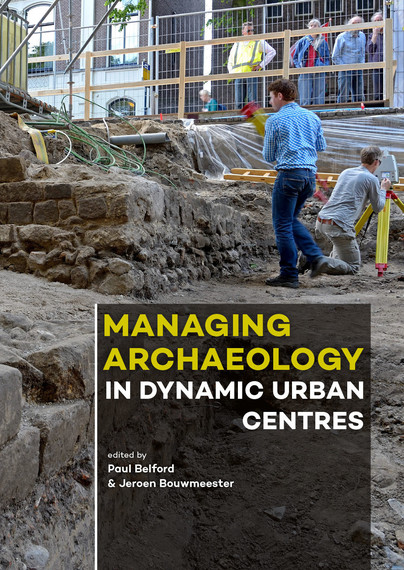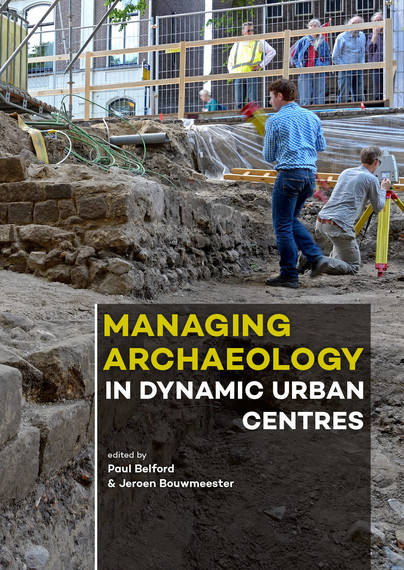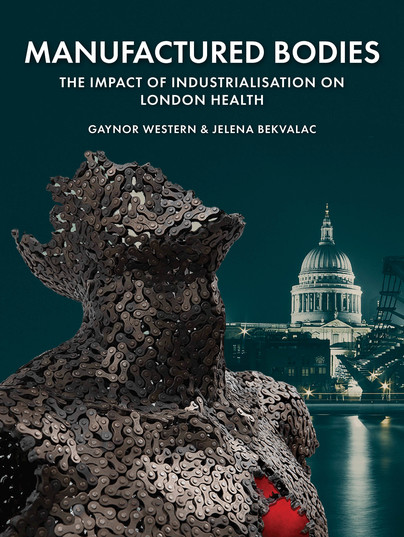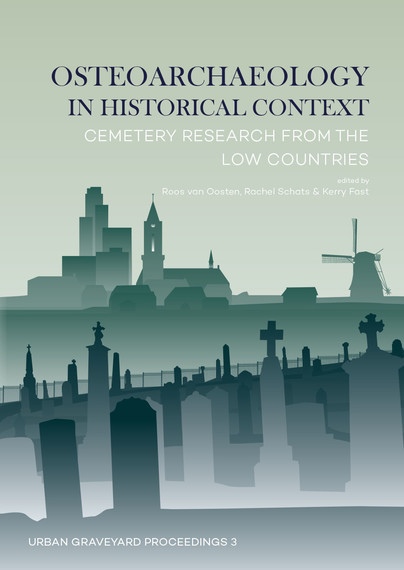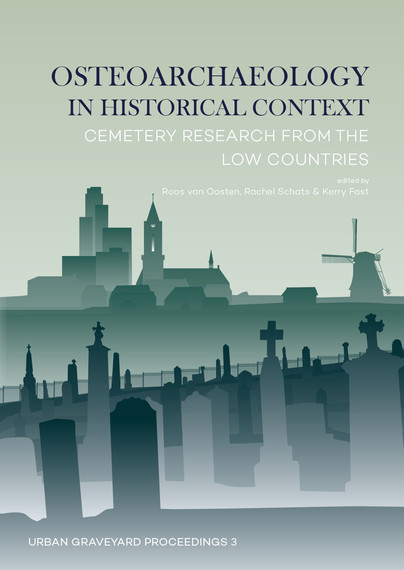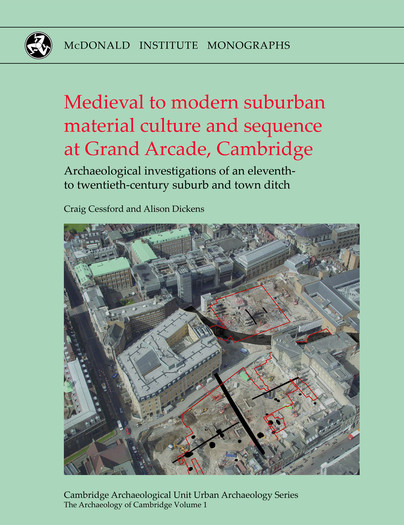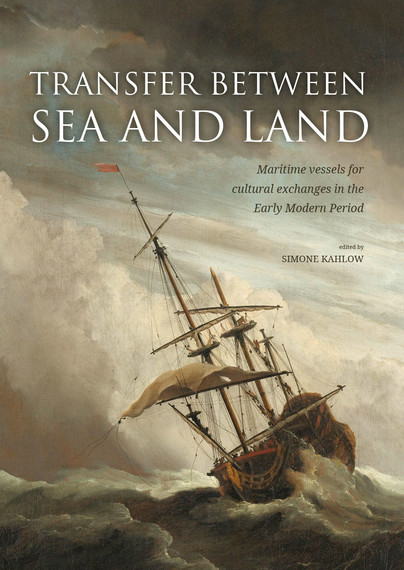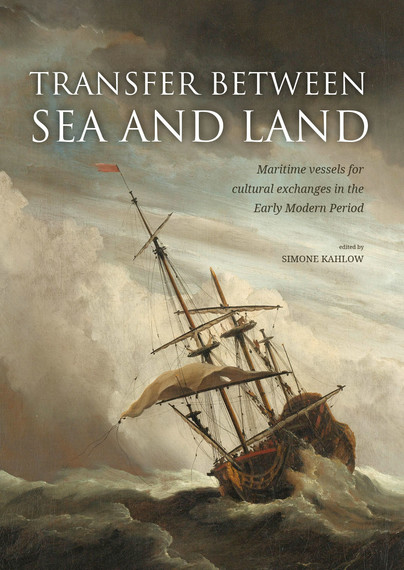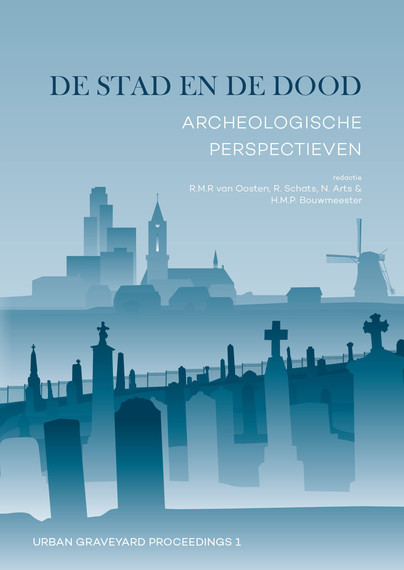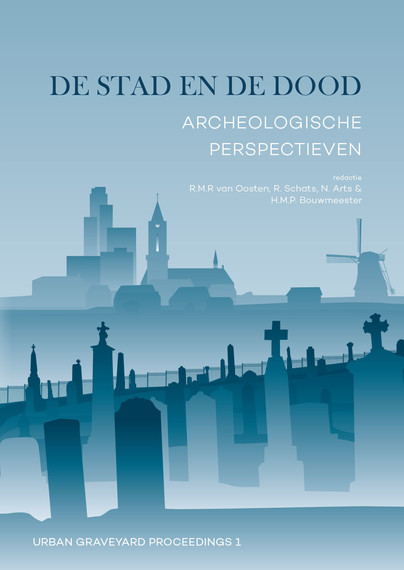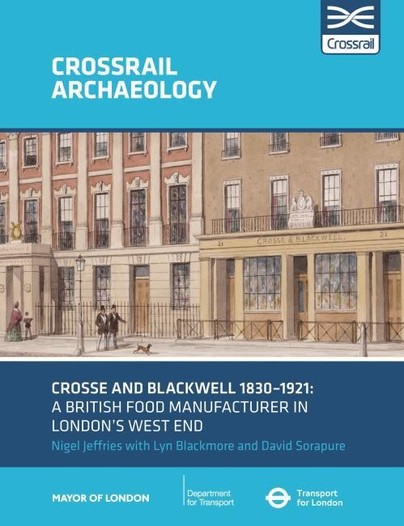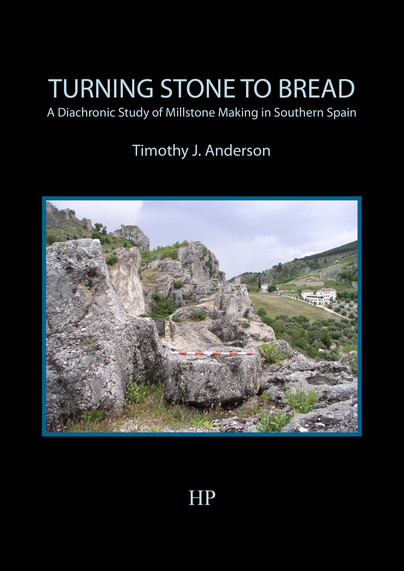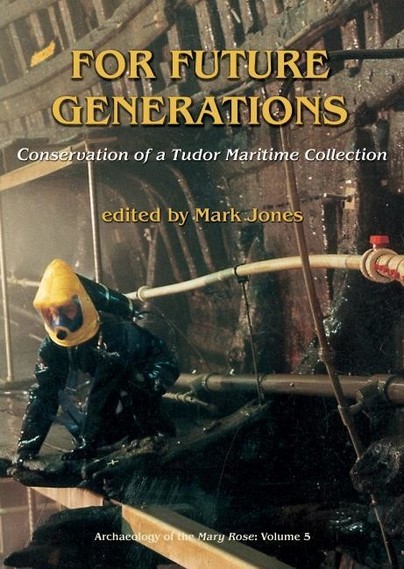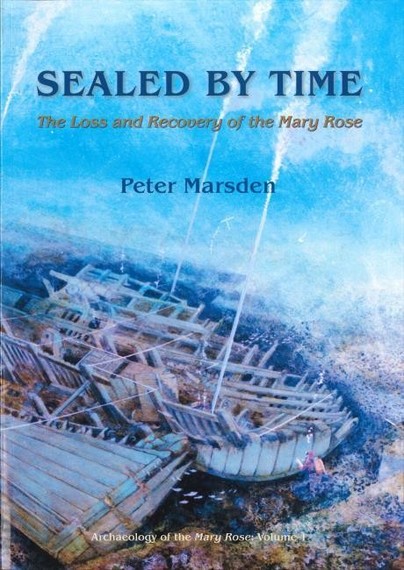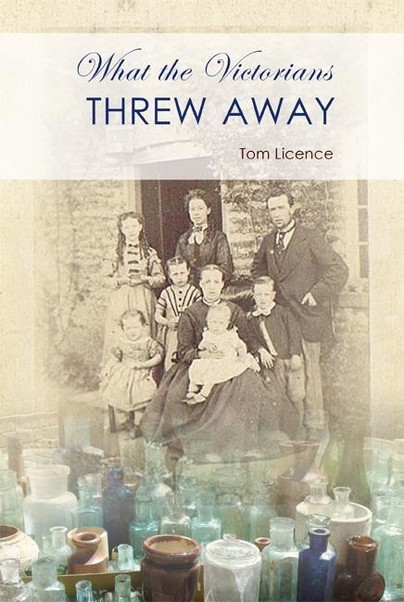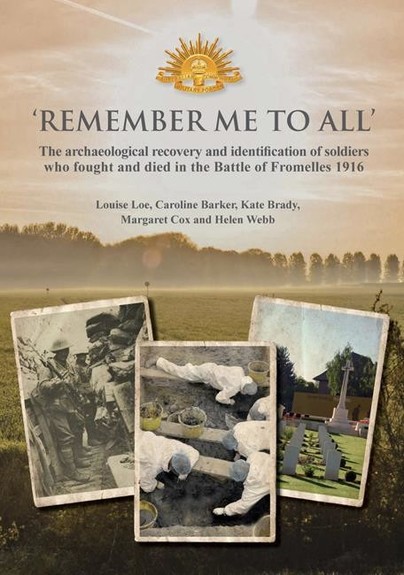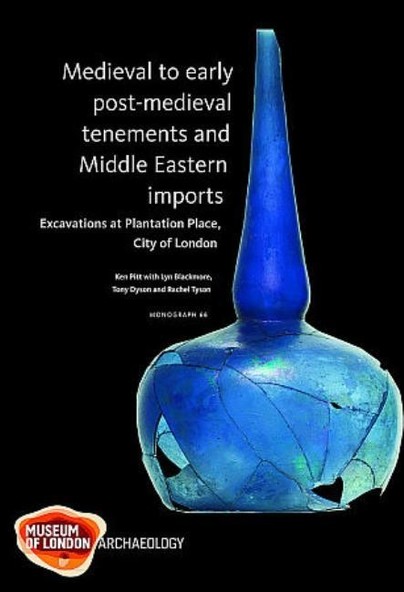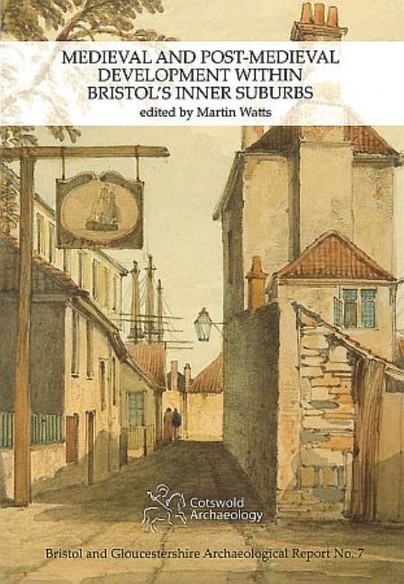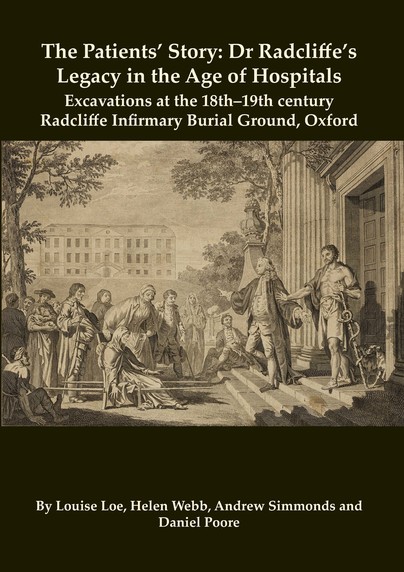
Format: Paperback
Pages: 220
ISBN: 9780904220889
Pub Date: 15 Apr 2022
Imprint: Oxford Archaeology
Series: Oxford Archaeology Monograph
Illustrations: 111
Description:
Excavations at the site of the burial ground of the old Radcliffe Infirmary, Oxford, revealed the largest assemblage of individual burials yet recovered from an 18th/19th century hospital site in Britain. Founded in 1770 with funds from the estate of the Royal physician and MP John Radcliffe, the infirmary was rare in having its own dedicated burial ground. The skeletons span a short period of time, between 1770 and 1852, and comprise patients who had not been claimed for burial in their home parish.

